Imagine stepping up to a modern office building. There are no keys to forget, no access cards to misplace. You simply swipe your phone or use a biometric scan, and the doors open instantly. Every entry is tracked, and security operates quietly in the background, always ready, always aware.
For years, commercial real estate relied on physical keys, old-fashioned cards, and reception desks. This approach often created headaches: lost keys, time wasted on replacements, and very little control over who could enter the building. The gaps in security were real, and building managers felt the pressure every day.
Now, a new era is arriving. Smart access control systems are more than just a technology upgrade. They are changing the way buildings operate, keeping people safer, making daily operations smoother, and raising the standard for everyone, from property owners to tenants. In a world where efficiency and safety are non-negotiable, smart access control is setting a new standard for commercial spaces.
What is a smart access control system?
A smart access control system is a digital solution to manage who can enter or exit a building or specific area. Unlike traditional systems that rely on keys or swipe cards, smart access control uses connected technology, such as mobile apps, biometric scans, and cloud-based dashboards, to give property owners and managers greater control, visibility, and flexibility.
From keys and cards to connected solutions: Access control has come a long way. At first, buildings depended on physical keys. Then came magnetic swipe cards and PIN pads, which improved convenience but still left many gaps. Today, smart access control means everything is connected. Entry permissions are managed digitally, and access can be granted or removed instantly from anywhere. The entire process is streamlined and secure, fitting the pace of modern business.
Why is this transformation happening now?
The world of commercial real estate is changing fast. Tenants expect smooth, contactless experiences. Property managers need systems that save time, provide data, and can be managed remotely. Smart access control meets these demands with touchless entry, real-time monitoring, and easy integration with other building systems. It gives everyone greater peace of mind, while also setting a new standard for efficiency and safety in every building.
How smart access control enhances security and threat prevention?
- Real-time monitoring: With smart access control, every entry and exit is recorded as it happens. Security teams can see who is in the building at any moment, respond quickly to suspicious activity, and receive instant alerts for any unauthorized attempts. This level of visibility closes the gaps that traditional systems often leave open.
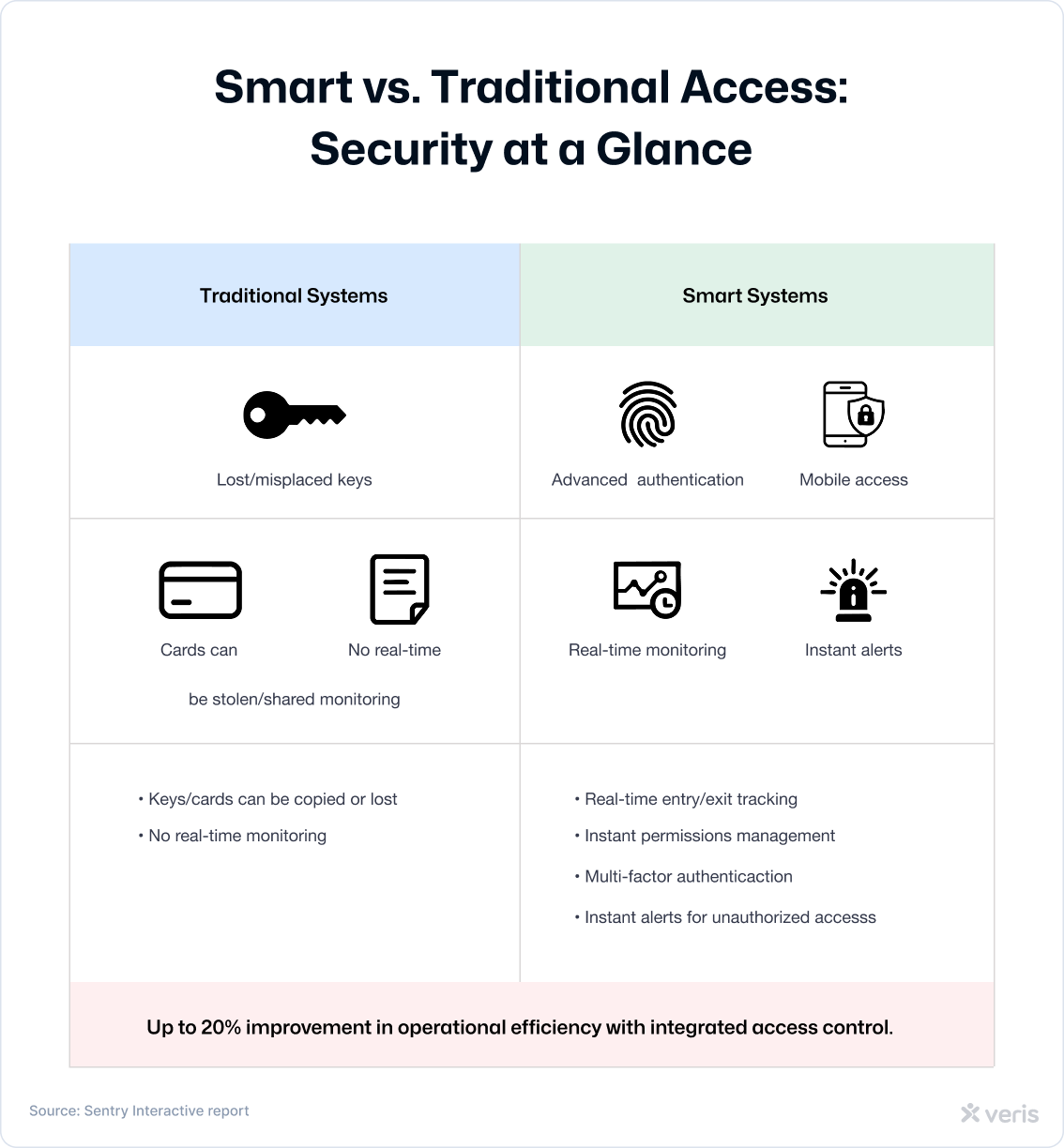
- Granular permissions: Modern systems allow building managers to decide exactly who can enter, when they can do so, and even which areas they can access. Permissions can be set for specific roles, times of day, or even one-time visitors. If a tenant leaves or a contractor’s job ends, their access can be removed immediately, ensuring the space always remains secure.
- Advanced authentication: Smart access control uses technology that goes beyond simple keys or swipe cards. Biometric scans, mobile credentials, and multi-factor authentication make unauthorized entry much harder. This extra layer of protection keeps the building safe from evolving threats and gives tenants peace of mind.
Why do traditional methods fall short?
Old-fashioned locks and access cards simply do not match the speed or sophistication of today’s security needs. Keys can be copied or lost. Cards can be stolen or shared. Smart access control responds to these risks with technology designed for the realities of modern commercial real estate.
Why do commercial buildings need smart access control systems?
- Remote and centralized control: Smart access control lets property managers oversee every access point from a single, easy-to-use dashboard. Whether you manage one building or a portfolio across the city, you can grant or revoke access instantly, handle emergencies faster, and eliminate the hassle of manual interventions. This centralization saves time and helps teams respond to issues before they become bigger problems.
- Data insights for smarter decisions: Every time someone enters or exits, the system collects valuable data. Managers can see which areas are used most, track occupancy trends, and adjust cleaning schedules or maintenance routines based on real usage. These insights help maximize space, improve safety, and create a better environment for everyone in the building.
- Real cost savings: Smart access systems reduce the need for physical keys, cut down on hardware expenses, and often lead to lower insurance premiums thanks to improved security. With better automation and remote controls, buildings can operate efficiently with smaller security teams, saving money on staffing costs as well.
- A look at before and after: In a traditional setup, lost keys might mean rekeying multiple doors, taking up time and money. Visitor management could involve paper sign-in sheets and waiting in line at the front desk. With smart access control, a manager updates permissions in seconds. Visitors receive digital passes and enter smoothly, while the system tracks everyone automatically. The result is a building that runs smarter, faster, and at a lower cost.
How smart access control elevates tenant experience and property value?
- Contactless, flexible access: Smart access control allows tenants to enter buildings using their smartphones, wearables, or even QR codes. This means no more lost cards or waiting at the front desk. Entry is quick, convenient, and touch-free, which is especially valued in today’s health-conscious environment.
- Seamless visitor management: Welcoming guests, vendors, or deliveries becomes effortless. Tenants can schedule visitor access in advance, send digital entry passes, and track arrivals in real time. This streamlined approach saves time for everyone and creates a smooth, professional experience from the moment a visitor steps through the door.
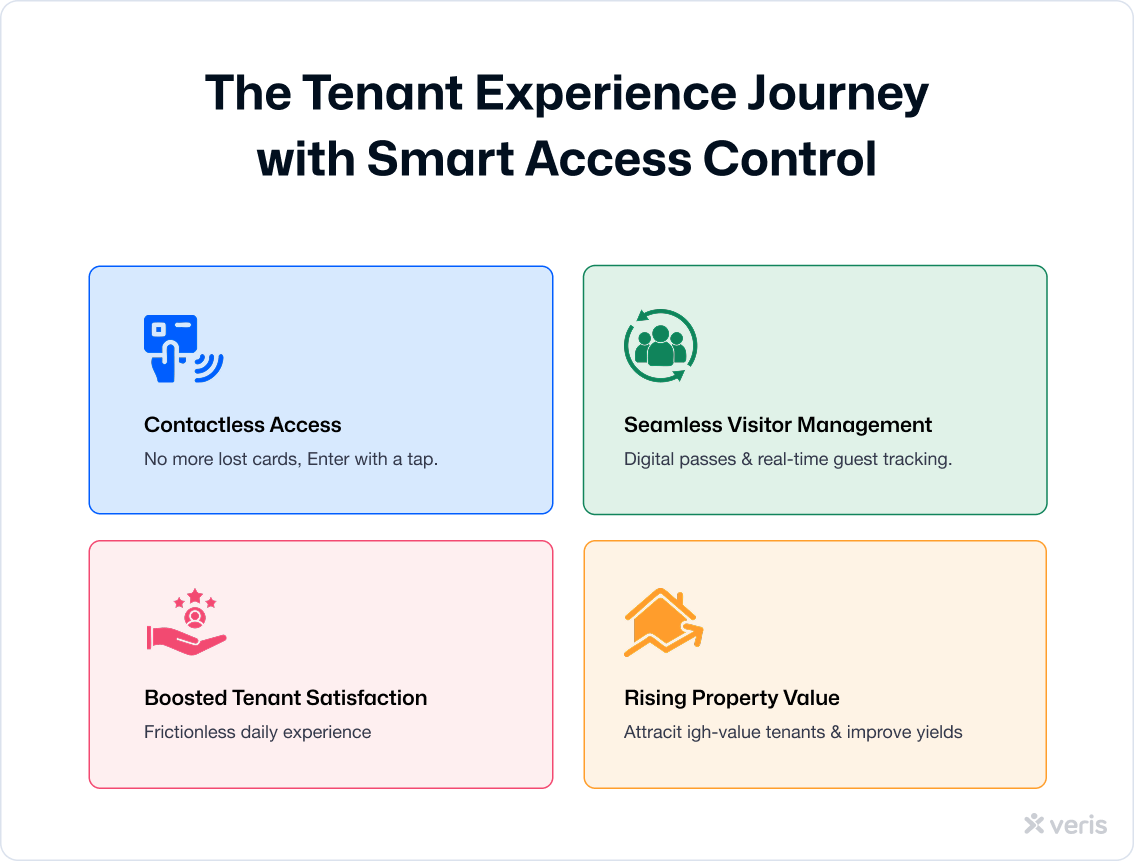
- Boosted satisfaction: When daily routines run smoothly and security feels invisible but reliable, tenants feel more comfortable and valued. This level of convenience and safety is a major reason tenants stay longer, renew leases, and recommend the building to others.
- Rising property value: Buildings with smart access control stand out in a crowded market. Modern amenities, visible security, and operational transparency make properties more attractive to high-quality tenants. As a result, occupancy rates improve and rental yields increase, giving property owners a real competitive edge.
Smart access control for seamless integration and future readiness
- Building management system (BMS) integration: Smart access control does more than just open doors. It connects with other building systems like lighting, HVAC, elevators, and security cameras. This creates a unified environment where everything works together—improving energy efficiency, safety, and user comfort. Property managers gain a central view and greater control over the entire building’s operations.
- Scalability without limits: As needs change, smart access control systems make it easy to add new users, upgrade features, or connect additional locations. Expanding or updating the system does not require complex installations or weeks of disruption. Adjustments can be made quickly to match the pace of growing businesses or changing tenant requirements.
- Future-proofing property management: With technology and tenant expectations evolving rapidly, smart access systems keep buildings adaptable. Integration capabilities and remote updates ensure that properties stay modern and competitive—ready to support whatever comes next in commercial real estate.
How access control fosters sustainability and compliance?
- Energy and space optimization: Smart access control systems collect real-time data on how and when spaces are used. Property managers can use this information to schedule lighting, HVAC, and cleaning services only when needed, reducing waste and lowering utility costs. This data-driven approach not only cuts expenses but also supports sustainability goals by minimizing the building’s environmental impact.
- Meeting regulations: Modern access control makes it easier to comply with security, health, and data protection requirements. Automated reporting and detailed audit trails show exactly who accessed sensitive areas and when. This helps properties pass inspections, protect sensitive data, and demonstrate full compliance with industry regulations, giving owners and tenants greater peace of mind.
The bottom line: Why stakeholders should care?
Smart access control systems deliver more than just secure entry. They raise safety standards, simplify daily operations, enhance tenant satisfaction, support sustainability, and protect the long-term value of a property. For owners, managers, and tenants, these improvements make every day in the building smoother and more reliable.
- Industry voices: As highlighted by a recent report, “Buildings with integrated access control see up to 20% improvement in operational efficiency and higher tenant retention rates.” Experts across the commercial real estate industry now recognize that smart access is a major differentiator for future-ready properties.
- Future outlook: The future of commercial real estate is driven by intelligent, connected buildings. Smart access control is only the beginning. Advancements in AI and predictive analytics will soon allow properties to anticipate tenant needs, streamline security even further, and adapt to new challenges as they emerge. As buildings evolve, smart access will remain a foundation for safer, more efficient, and more desirable spaces.
Frequently asked questions (FAQs)
Conclusion
Smart access control is no longer just an upgrade. It has become essential for any commercial property aiming to stay secure, efficient, and competitive. By transforming the way buildings are managed and experienced, smart access control sets a new standard for safety, convenience, and long-term value.
If you are ready to reimagine your property, now is the time. Explore how smart access control can elevate your building—book a demo, request a consultation, or connect with our team to see what is possible.
The future of commercial real estate starts at your door!











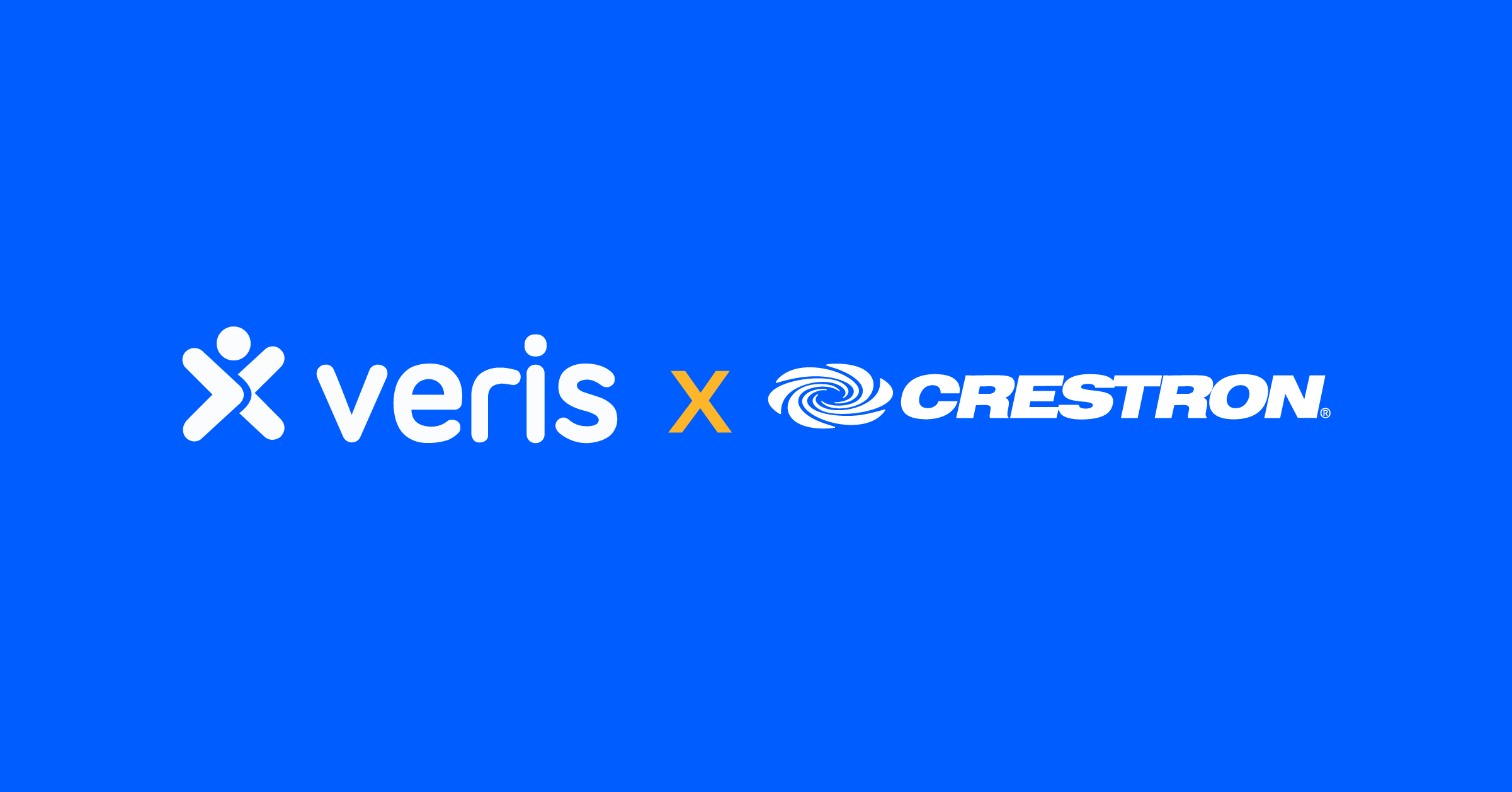


















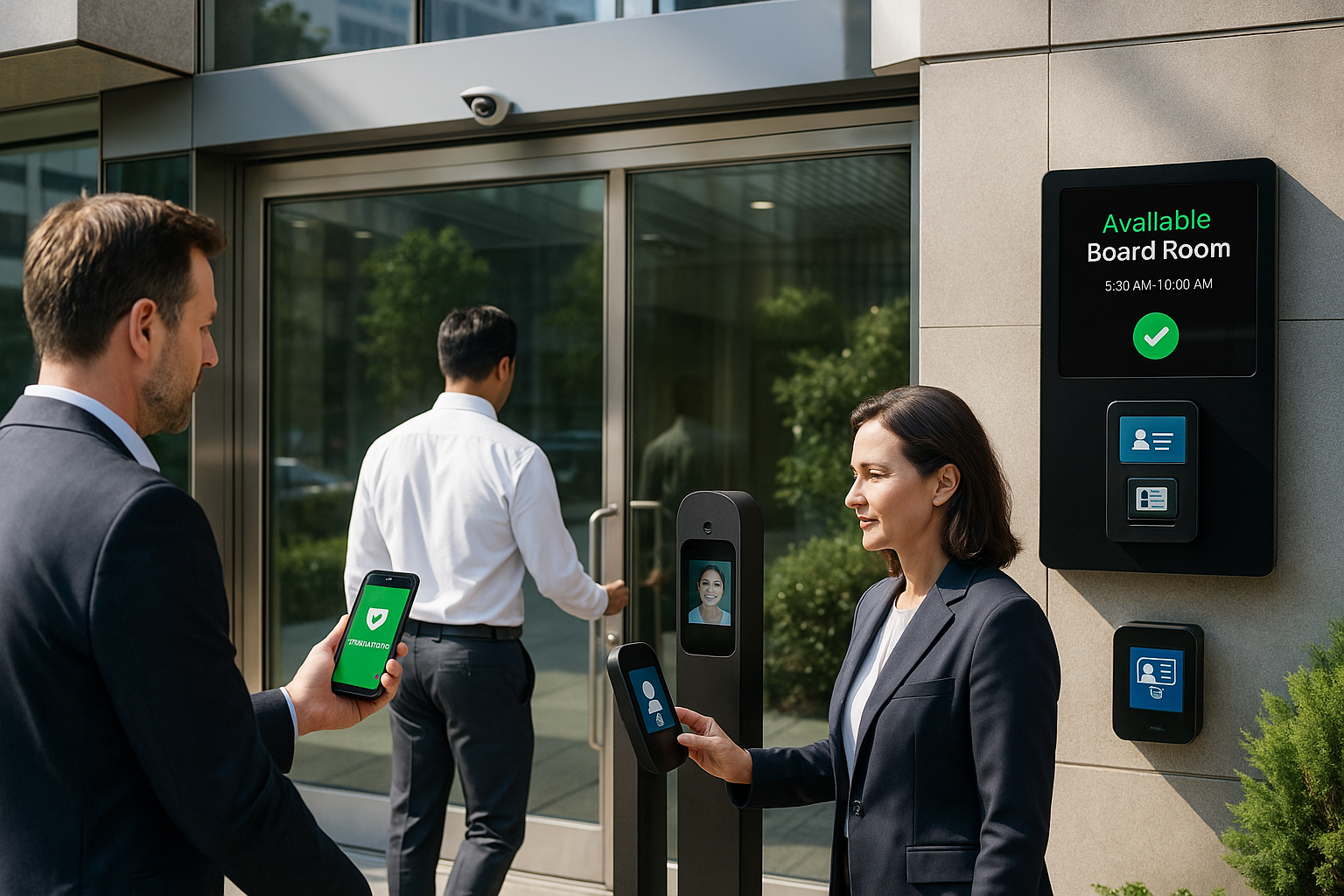

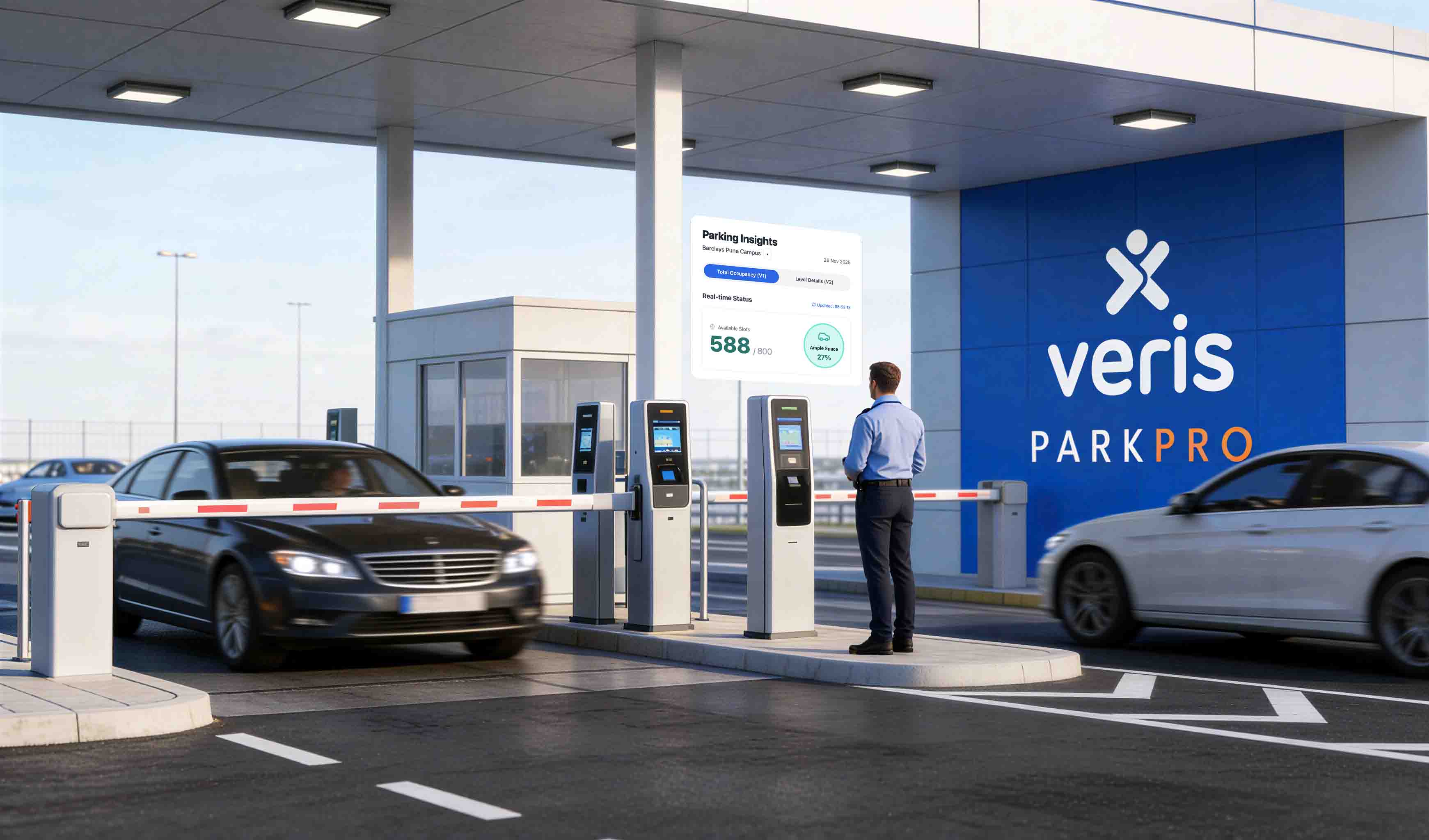

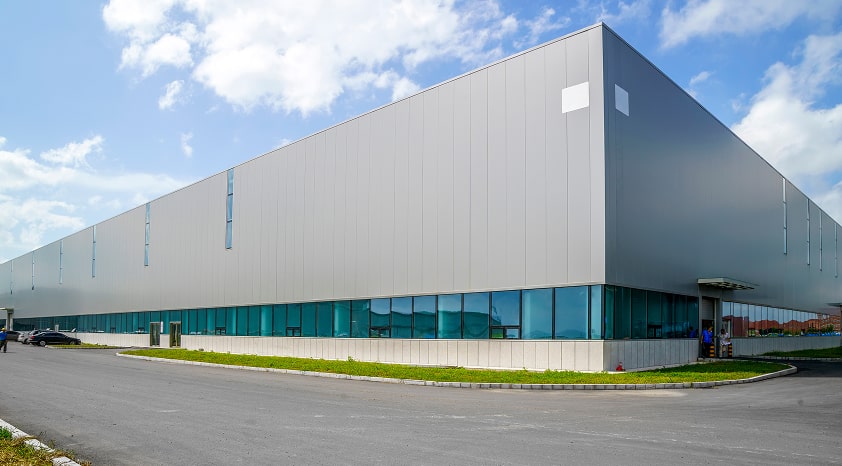


.avif)
.avif)





